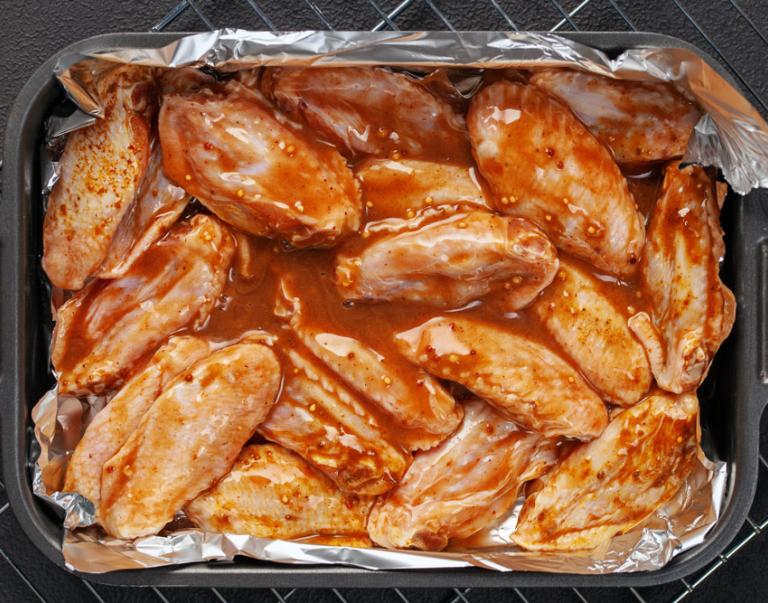Roland Begaye, 28, believes in family, friends, colleagues, and the power of powwow dancing. As a member of the Navajo Nation, in Arizona, he has had many opportunities to watch and participate as a skilled powwow dancer himself.
For Mr. Begaye, another opportunity involves the U.S. Department of Agriculture (USDA), which he first encountered in 2018 when he came to the Washington, D.C. headquarters for an internship. “We’re tribal college students. We don’t get these opportunities – ever,” he said, describing that experience as, “… just extraordinary. … I’m Navajo … so it was just something, I don’t know how to put it in words, but it was just unique.”
That experience led him to switch his major and he is now pursuing a bachelor’s degree in public administration at Northern Arizona University. He’s also working one day a week with USDA’s Foreign Agricultural Service (FAS), “Right now, I am developing an app for them,” he said, “The app focuses specifically on documenting trade data related to FAS strategic goals.”
At the same time, Mr. Begaye is helping FAS recruit tribal colleges and universities to participate in the Agricultural Export Market Challenge. The new program is a collaboration with Hispanic Association of Colleges and Universities and allows college students to learn by doing, by having them work on a real-world case study. The program has a December 2, 2022, deadline for collegiate teams to express their interest.
Mr. Begaye is benefiting from USDA’s 1994 Tribal Scholar program, which helps pay for college expenses like tuition, fees, books, and housing for eligible Native American students around the country.
There’s also a return-on-investment element to the program. “Part of the 1994 scholarship is however many semesters they help me pay for, that’s how (long) I have to work with them,” he said. USDA is helping him with two years of his college, and in return, he plans to work for USDA for two years after he graduates. And after that? “I see myself working in the USDA in the future,” he added, “but for now, I am continuing with my studies.”



